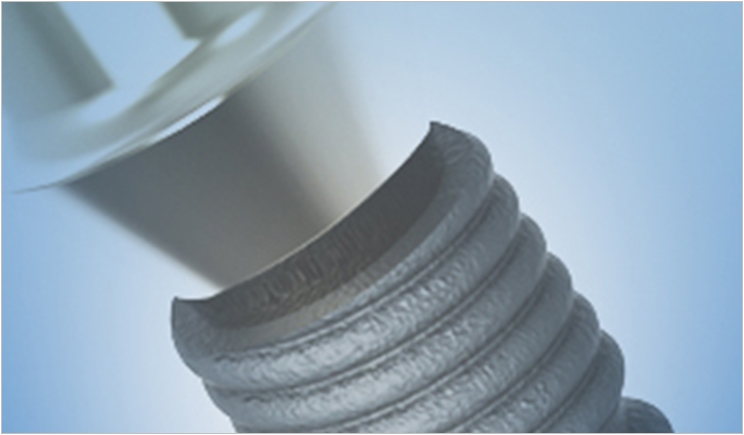
Sponsored Editorial
Immediate placement and immediate loading of dental implants have been buzzwords for several decades. Increased patient demands and expectations have encouraged implant manufacturers to live up to these expectations by delivering predictable results in a most efficient manner. Zuga Medical’s latest implant meets these expectations with a proven record of strength and performance while helping to minimize resorption.
Current research suggests that immediate implant placement and loading has enjoyed a similar success rate compared to conventional delayed placement. Immediate placement preserves tissue contours and dimension and decreases treatment time. Nevertheless, immediate placement requires specific case selection for optimal predictable success. Criteria that need to be met are atraumatic tooth extraction and the ability to achieve primary stability of the implant. In addition to surgical techniques, there are patient factors that need to be accounted for like uncontrolled systemic diseases, smoking, parafunction, hygiene, and overloading.
Evidence suggests that immediate placement does not prevent vertical or horizontal resorption of the ridge in post-extraction sites. However, if bone augmentation is placed following immediate placement, horizontal resorption of the facial plate seems to be reduced, particularly if the buccal plate is less then 1 mm in width. Keep in mind, augmentation doesn’t seem to affect the vertical bone resorption. Another important factor to consider is the gap between the buccal plate and the implant. Studies suggest no grafting is required if it is less then 1 mm, though controversy still exists on how to manage the gap if it is greater than 1 mm and on what material is best.
Joseph Krajekian, DMD, MD, FAAOMS, is a board-certified oral and maxillofacial surgeon. He completed his bachelor’s degree in molecular and cellular biology at California State University, Fresno. He later attended dental school at Tufts University School of Dental Medicine. Following his DMD degree, he obtained his medical doctor degree at Drexel College of Medicine and completed his 6-year surgical training at Allegheny General Hospital in Pittsburgh, Pa. He is currently on staff at the prestigious Cleveland Clinic and associate clinical professor at Case Western School of Dental Medicine.
Related Articles
Dental Practice Investment Options for Simple Implant Placement
The Dentist’s Guide to Placing Implants in Simple Cases
The General Dentist Guide to Helping Patients Choose Simple and Effective Implants











